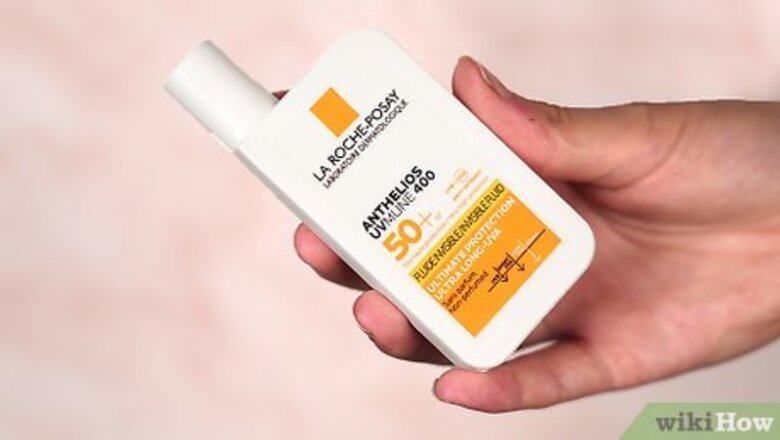
views
Wearing Sunscreen Under Makeup
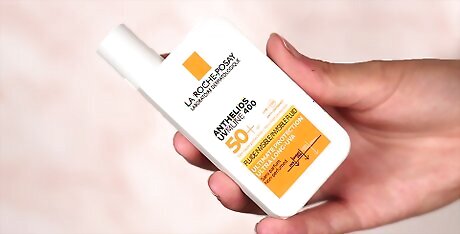
Choose a sunscreen with an SPF of 15 or above. SPF stands for sun protection factor, and it measures the potency of sunscreens. For daily usage, an SPF of 15-30 is sufficient. If you know you’ll be spending time outdoors in the bright sunshine, bump up your protection to an SPF of 30-50, depending on your skin tone. It’s important to remember that even if you aren’t in direct sunlight or getting a sunburn, you are still receiving radiation from the sun. Don’t wait until you have a blistering sunburn or premature wrinkles to start slathering up! There are sunscreens on the market that boast SPFs of up to and even over 100. However, SPFs above 50 offer minimal benefits.
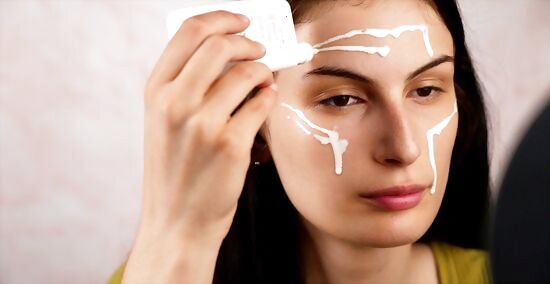
Apply evenly to your entire face. Don't forget your ears and neck! Use a generous amount, about half of a teaspoon, and apply more if you don’t feel fully covered. This is the most important product you’ll use on your face, so don’t skimp. Use a mirror to make sure you don’t miss any spots. Experiment with different types of sunscreens from the drug store or even your local beauty supply store. While some may feel heavy and thick on your skin, there are also lightweight lotions and serums on the market that are perfect for makeup wearers. Remember to apply sunscreen all over your body, especially to areas that will get direct sun exposure. All your skin needs sun protection.
Pat the sunscreen until it’s fully absorbed into your skin. It may feel like more product than you’re used to applying to your face, but keep patting! By patting the sunscreen into your skin, rather than rubbing it, you will avoid irritating your skin. It will also ensure that your sunscreen is applied evenly over your face. Give your sunscreen three to five minutes to soak in fully before beginning your makeup routine. If you want to use a tinted SPF, layer it on top of a normal sunscreen. Cosmetic products with sun protection aren’t as effective as products geared solely toward sun protection. Use a tinted SPF product as extra protection, rather than your sole protection. If you have oily skin, you might consider investing in a primer with SPF layered under a tinted moisturizer or liquid foundation that also has SPF. This will give you longer-lasting protection than using straight sunscreen. Sali Hughes Sali Hughes, Beauty Journalist Apply your facial SPF as the very last step of skincare, before primer or makeup. That way it sits closest to the skin and its UV-filtering capabilities aren't compromised by products layered over it.

Apply your makeup. Trade in your powder foundation for a liquid or cream foundation. This will blend most naturally with the texture of the sunscreen and prevent you from getting the dreaded “cakey” appearance. You can use a liquid bronzer and blush for a full, sun-kissed look– without the sun damage! Apply your eye makeup as you normally would. If you have to find new makeup products that work better with your sunscreen, make the sacrifice. It’s a minor expense now, but you’ll be rewarded with taut, young-looking, and cancer-free skin as you age. It's not recommended to mix your sunscreen with your makeup or moisturizer. It may save you some time, but there is always a risk that two products won't react well to each other. You can also dilute the sunscreen and reduce the amount of coverage you are getting.
Reapplying Sunscreen Over Makeup
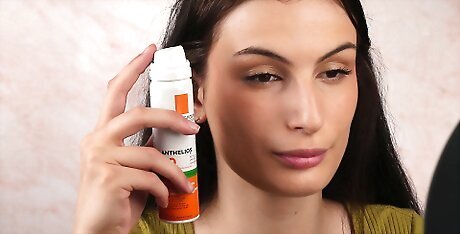
Put sunscreen over your makeup only when you’re re-applying it. For sunscreen to work most effectively, you need to apply it straight to your bare skin. However, it's not practical to take your makeup off to reapply sunscreen every 2 hours. Look into products such as setting sprays with SPF, SPF powders, or even spray-on sunscreen to go over your makeup when it comes time to reapply. This can be time-consuming and inconvenient, but it’s the only way your sunscreen will be fully effective. Take the time to apply your sunscreen properly now and avoid yourself the hassle of covering wrinkles and sunspots later. EXPERT TIP Shara Strand Shara Strand Makeup Artist Shara Strand is a Makeup Artist and the Founder of Shara Makeup Studio, a makeup and image consulting studio based in New York City. She has over 15 years of image and makeup consulting experience including working as a regional artist for Bare Escentuals and Estee Lauder, Saks 5th Avenue, Bloomingdales, and Bergdorf Goodman. Her work has been featured in WNBC, Fox 5, Direct TV ABC morning news, and Hamptons Magazine. She is the creator of Shara Cosmetics and is a two time Billboard charted singer. She holds a BFA from New York University. Shara Strand Shara Strand Makeup Artist Did You Know? If you're in the sun, you should reapply your sunscreen every 3 hours at a minimum. Keeping your skin protected from the dangerous UVA and UVB rays will keep your skin healthy, and it will keep you looking young a lot longer.
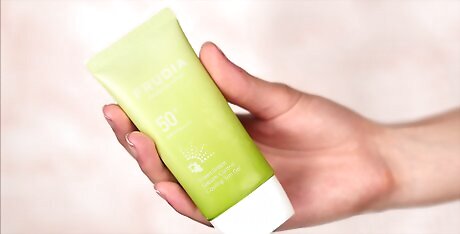
Apply a physical sunblock over makeup. Most sunscreens on the market are chemical, which means that chemicals in their formula actually prevent the sun from hitting the skin by absorbing the rays. Physical sunblock, however, works by creating a physical barrier between the skin and the sun. Because the makeup won’t allow your skin to absorb chemical sunscreen, it won’t be effective protection. Physical sunscreen can still work over your makeup to deflect the sun’s rays. Physical sunblocks come in powders, creams, and sprays, so choose whichever will be easiest for you to apply.
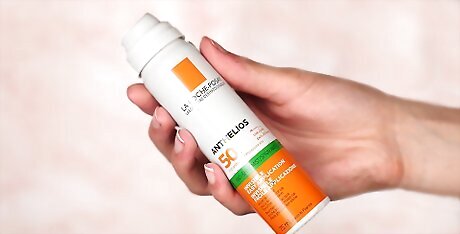
Use a spray sunscreen. Because your makeup is already applied, a spray sunblock will be your best bet to avoid ruining it. To apply it properly, close your eyes and hold your breath. Press down on the nozzle, and apply it by spraying back and forth over your entire face. Spray more than you think you need, because spray sunscreen doesn't cover quite as well as creams and lotions. Don't touch your face at all while the spray dries. If you touch it, you risk rubbing it off in spots and compromising the sun protection. Another spray option is a makeup setting spray with SPF. Like the spray sunscreen, this shouldn't be used as your only form of sun protection, but it's great for touch-ups and to help keep your makeup in place throughout the day. Not only do makeup setting sprays with SPF protect your skin from the sun, but they can also actually mattify and moisturize your skin at the same time.

Consider powder sunscreen. This is another option that you can apply on top of makeup. Unlike sunscreen spray, however, you will need to touch your skin directly, which may or may not mess up your makeup. By dusting the powder over your entire face, you block the sun from reaching your skin. Additionally, the powder can even be applied to the hairline to ensure there are no gaps in protection. You can find many tinted SPF powders, so you can use these throughout the day to add protection and even out your skin.
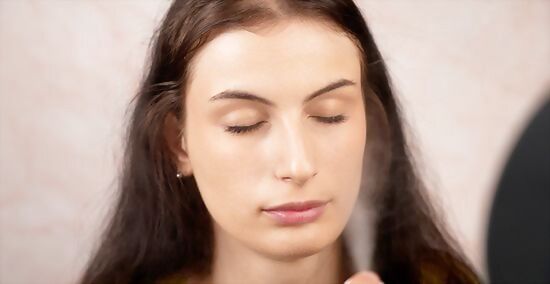
Reapply generously and reapply often. Physical sunscreen rubs off more easily than chemical sunscreen. Because it physically protects your skin from the sun, your face needs to be totally covered for it to work. Cream and powder sunscreens should be reapplied over your makeup every two hours, while mists and sprays should be reapplied every single hour.















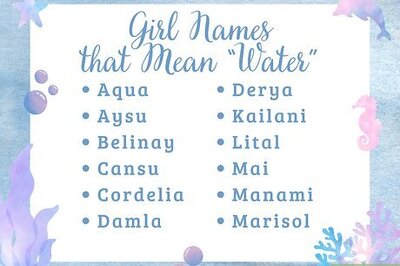



Comments
0 comment